
Home Renovation Loan: Everything You Need To Know

Home repairs and renovations are expensive. That’s why many homeowners apply for home renovation loans to help them cover the costs. A home renovation loan gives homeowners access to funds to complete their projects, but the details vary with each specific type of loan.
Some home renovation loans may involve putting your home up as collateral, refinancing your current mortgage, coursing your application through a government agency, or even putting a small renovation on your credit card. With so many options, it’s essential to understand each type of loan and how it fits your budget and fulfills your personal requirements.
Read on to find out how to plan for a home renovation so you can figure out which one is the best for you and your financial needs!
Before Applying For A Home Renovation Loan
Many homeowners take out loans on home improvement to make hefty expenses easier to handle. Before applying for any type of loan, we recommend taking a moment to assess your situation so you can make an intelligent financial decision. To help you out, we’ve outlined a few things that you should consider before putting any money on the table:
Calculate Loan Amount
The first step before deciding on a home renovation loan is to calculate the amount of money you’ll need to complete your home improvement project. We recommend starting by listing your desired renovations and consulting with contractors to get an idea of how much everything will cost.
Consider your savings as you build a concrete number for your budget and total expenditure. Doing this will allow you to decide how much of your renovations can be paid with your savings, sparing you a bit of stress in the long run.

Conduct A Feasibility Study
Most home renovation loans will require a proper cost breakdown. Feasibility studies not only assess your project’s likelihood of completion, but also help establish potential costs. However, this doesn’t mean that a feasibility study is considered only for the sake of compliance and documentation. It does have advantages that can help you prepare for your loan and the repayment.
Conducting a feasibility study helps you stick to your budget while also developing a more realistic number that more accurately represents the repairs and renovations you want to make. Homeowners may not be able to assess cracked foundations or faulty plumbing by themselves, which may come back as an unpleasant surprise on their billing statements.
Feasibility studies are also an essential piece of documentation when applying for loans. In many cases, these studies help lenders assess the financial risk of funding specific renovations. Government loans like a 203(k) may require feasibility studies before a potential borrower is considered for approval. We recommend investing in a feasibility study if you have a significant renovation planned for your home, but this depends on your specific situation.
Loan Eligibility Criteria
Diligence is key when deciding on a loan for home renovation. Before committing to a funding option, we recommend engaging with the various lending organizations that you may be considering. The main goal of this engagement is to familiarize yourself with their eligibility criteria to see if it suits you.
Lenders tend to evaluate borrowers based on the same criteria. Typically, this includes the borrower’s current age, employment status, salary, and remaining working years. Other factors that affect eligibility are the borrower’s credit score and other financial obligations such as car loans, credit card debt, and student debt.

Research Different Loan Rates
Because loans for home renovation aren’t a one-size-fits-all financing solution, there are many options to suit every kind of borrower.
There are two factors that we recommend any potential borrower look into. First is whether your potential loan is secured or unsecured, and the second is if your loan’s interest rates are fixed or variable. Your loan type and interest rate impacts how much you end up spending on your loan over time, so understanding the difference is essential.
Secured vs Unsecured Loans
Secured loans require the borrower to put up collateral that is greater or equal to the loan amount. In some cases, this collateral may be equity in your home. This means that defaulting on payments can result in foreclosure.
The collateral in this loan option makes lending far less risky for financial organizations, consequently making this alternative popular with borrowers of average to poor credit scores. Secured loan options may also have lower interest rates, higher borrowing limits, and longer repayment terms.
On the other hand, unsecured loans do not require any collateral. Generally speaking, most personal loans are unsecured and a little more flexible than the secured alternative. Following a lender’s logic of risk assessment, borrowers with better credit ratings are more likely to land an unsecured loan.
While interest rates for unsecured loans are generally higher than their secured counterparts, borrowers with high credit scores are more likely to get better rates.
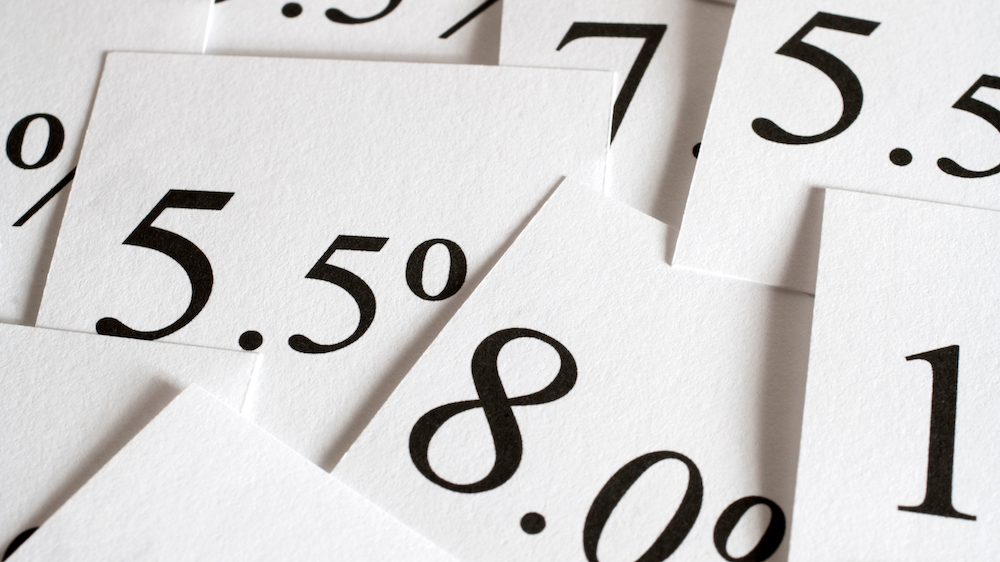
Fixed Interest Rate vs Variable Interest Rate
The interest rates on your home renovation loan may impact the overall cost of the renovation or improvement over time. Fixed-rate loans have an unchanging interest rate throughout the entire loan term, while variable rates fluctuate. But, how do you decide which loan suits you best? We’ve broken the choice down into a simple pros & cons chart:
Fixed-Rate Home Renovation Loan
| Pros | Cons |
| Fixed payment terms make it easier to budget and plan for paymentsNo risk of unexpected increases to monthly paymentsSuitable for long-term loans | You may not be able to make extra repayments to pay it off fasterOften have “break” fees or exit fees if you choose to refinanceNo chance of decreased rates |
Variable Home Renovation Loan
| Pros | Cons |
| Great choice when interest rates are expected to fallGenerally, borrowers pay less money on variable loans than fixed-rate loans | Becomes riskier for long-term loan commitmentsDifficult to budget around a fluctuating environment |
Plan For Loan Repayment
Depending on the type of loan you choose, your equated monthly installment (EMI) will vary. The interest rates associated with shorter loan terms or repayment tenures are lower, and the opposite is true for longer-term loans.
Whatever repayment tenure or interest rate you end up with, be sure to plan around your EMI. A failure to pay on time, otherwise known as defaulting on your loan, grants the lender legal right to take possession of the collateral and may impact your credit score for a long time.
Home Renovation Loan Options
Understanding home renovation loans and how they differ is instrumental in finding the right financing option for you and your home. Repairs and improvements may impact the value of your home if you wish to put it back on the market eventually.
Pre-qualifying for improvement home loans can help you find the option with the best rate and features. To help you out, we’ve outlined some of the most important things to keep in mind while exploring your options:
- Annual percentage rates (APR): Your APR determines the total amount you’ll spend over your repayment tenure. A borrower's credit score influences and is inversely proportional to your APR.
- Loan amount: Some lenders may have caps on the amount of money that they are willing to lend out. Based on your preparation and planning, large-scale home renovations may cost more than a lender's maximum capacity. If this is the case, be sure to explore options that have a higher loan capacity.
- Loan term: As a general rule of thumb, loans with longer repayment terms may have lower EMIs or monthly payments. However, an extended repayment tenure also means that you’ll be paying more interest over time versus short-term loans. We recommend weighing out the total cost of the loan when making a decision.
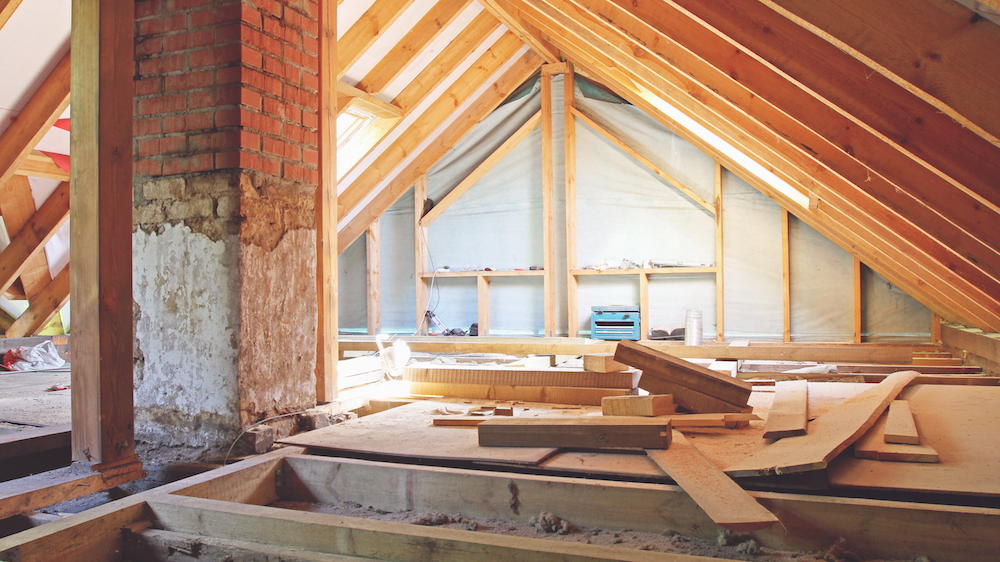
Home Equity Line Of Credit (HELOC)
A Home Equity Line of Credit, or HELOC, is a secured variable rate loan that lets you borrow against the value of your home (your home’s value minus the amount you owe on your mortgage). A HELOC is generally treated as a second mortgage that allows the borrower to draw from a home equity line of credit.
HELOCs have a draw period during which you can access the loan funds while only paying interest fees. Once the draw period comes to a close, the borrower is expected to pay interest and principal fees. This option is popular with borrowers that are selling their homes soon because the unpaid principal is subtracted from the sale, meaning that borrowers pay less out-of-pocket.
HELOCs may also be the right choice for people whose home renovations are completed in stages because of its flexibility. Some home renovations are hard to plan for perfectly, and the nature of HELOCs allows a borrower to draw only the amount they need without breaking the bank in monthly fees.
Home Equity Loans
Home equity loans are similar to HELOCs but have fixed rates instead of variable rates. Home equity loans are an excellent choice for people aware of the costs associated with their renovations. This is because these home equity loans are paid out in a lump sum rather than in smaller payments.
Depending on your equity in your home, you can borrow up to 85% of your home’s current value. Payments on home equity loans are easier to plan around because monthly payments consist of both principal and interest at a fixed rate over a set amount of time. However, borrowers are still required to pay off the entire home equity loan amount even if it is used in small amounts, such as ongoing home renovations.
Because the amount you can borrow depends on your equity in your home, we recommend first making steady payments toward your mortgage to increase the maximum amount you can take for a loan. Paying off a primary mortgage will also mean that you’ll only have to pay for your home equity loan without worrying about other financial obligations.
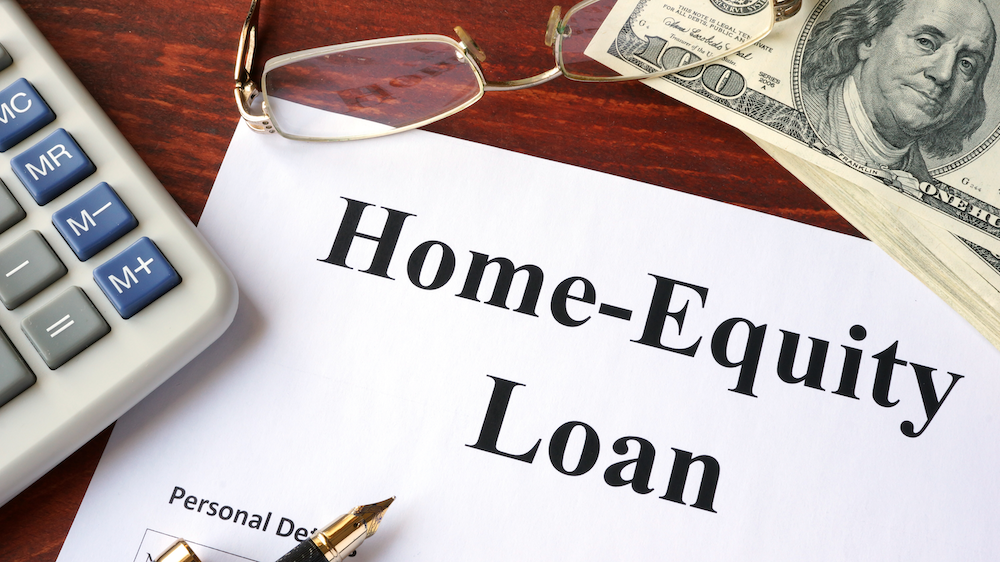
Personal Loans
Personal loans are very different from HELOCs or a home equity loan because lenders don’t consider your home when assessing you as a borrower. Personal loans are unsecured loans that are instead dependent on borrowers' credit scores and the amount of money they make. Personal loans are a popular choice for people that don’t want to risk their houses as collateral. However, borrowers must make sure to pay on time as failure to do so impacts your credit score.
Applying for and paying off a personal loan is typically faster than home equity loan options. Personal loan terms often span a few years, while home equity options may stretch to decades. However, personal loans aren’t for everyone. We recommend looking into them if your renovations aren’t costly, and you have an excellent credit score. Otherwise, you may receive rates that are too expensive to maintain.
Credit Union Loans
For borrowers with fair to poor credit scores, credit union personal loans may be the best option to finance renovations and repairs. Credit unions are not-for-profit financial organizations that work to benefit members who live, study, or work in a specific area. Possible borrowers must be members of the credit union before applying for a loan with them.
Credit union loans have more lenient approval processes than other loans, as lenders are typically willing to look past your credit score and consider the whole financial picture. These loans can also be unsecured or secured and may have lower interest rates and more flexible terms.
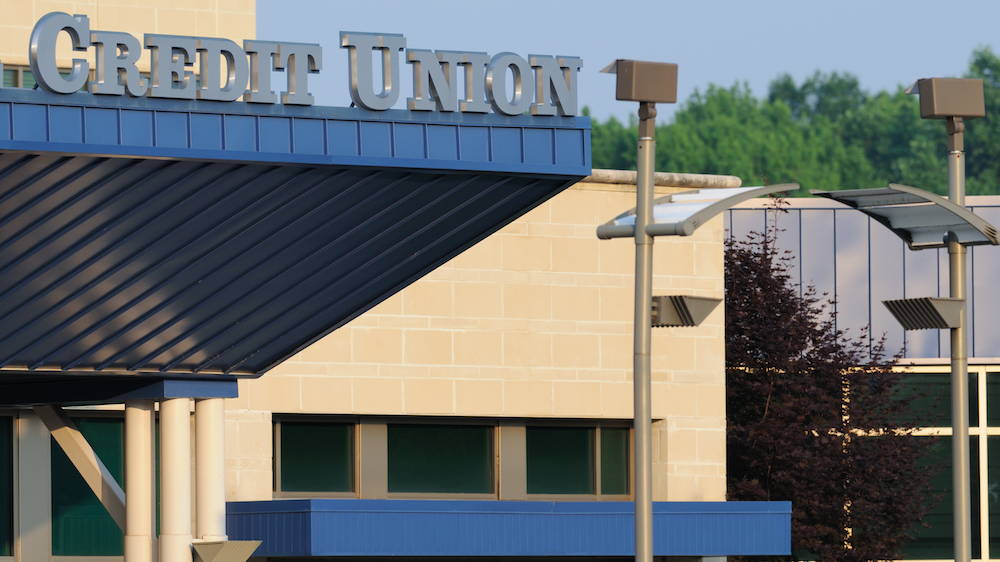
Government Loans
Government loans are another viable option for financing home renovations. Qualifying for these loans varies depending on your state. Still, these may be the right choice for you if your credit score is less than stellar or if your intended home renovation loan fulfills specific criteria determined by the Federal Housing Administration (FHA).
FHA Title 1 Loan
The FHA Title 1 Loan is especially helpful for borrowers that don’t have enough equity in their homes to apply for personal loans. The Federal Housing Administration does not provide the loan itself but instead guarantees the loan for accredited moneylenders. On the lenders’ end, this mitigates the risk of lending to people that may default on their payments.
However, not every home renovation project is covered by a Title 1 loan. For example, borrowers may not use this loan for luxury additions to their homes, such as saunas, steam rooms, or hot tubs. On the other hand, if your home renovations are designed to accommodate a family member with a disability (ramps, elevators) or are planned to make your home more energy-efficient, you may qualify for this home renovation loan.
Qualifying for FHA Title 1 loans isn’t quite as rigorous as qualifying for a mortgage. Lenders will typically check your credit score and income level to assess your likelihood of paying your loan off. Payment terms for this kind of loan can vary from 6 months to 20 years.
FHA 203(k)
Lenders don’t make a habit of approving loans for houses that need significant repairs, but the FHA 203(k) rehab loan covers both the cost of the home itself plus any necessary renovations. What makes this loan a viable option for borrowers is that the construction-related expenses are tracked and verified by the lender, which in turn increases the likelihood of an FHA 203(k) loan getting approved.
For borrowers with a low credit score, FHA 203(k) loans are given even with a FICO score of 580, which is much lower than mortgage requirements at 720. Other conditions are that a borrower’s debt-to-income ratio should be less than 43%, meaning that the monthly payment cannot exceed more than 43% of a borrower’s income.
One big downside of taking on this kind of loan is that lots of paperwork is involved, sometimes more so than mortgages. Borrowers may also not make renovations on their own and must instead find contractors approved by their lending agency.
However, the specific details of requirements and features vary from state to state. Make sure to check with your state’s accredited lenders to get a better idea of what they need from you before proceeding.
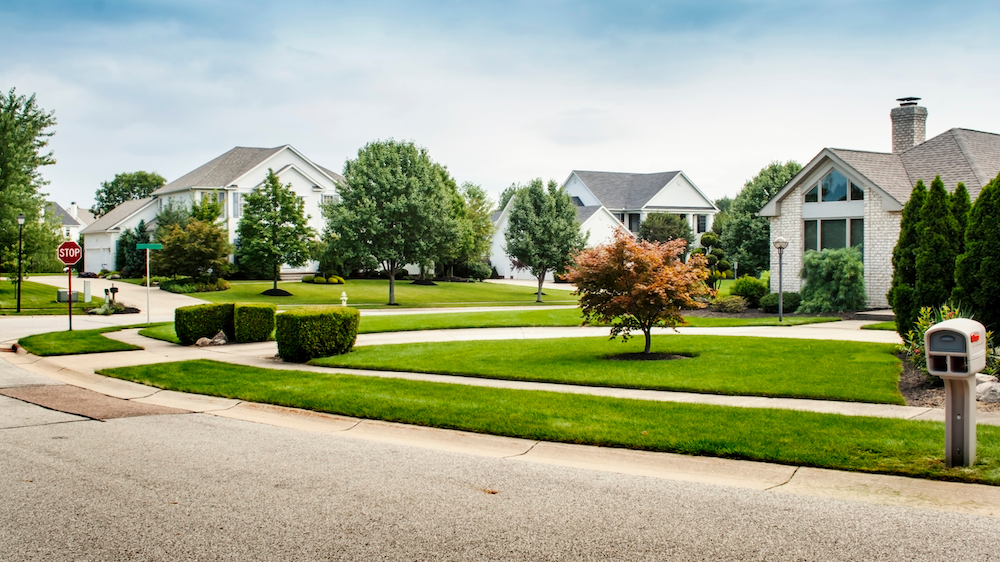
USDA Rural Development Home Repair Loans
This particular loan assists low-income families residing in rural or suburban areas with their home renovations and repairs. Many borrowers that take this loan may not have the credit score required to apply for other loans and therefore, must have an income below 50% of the area median income.
USDA loans can be used for any renovation that removes a health or safety hazard or otherwise modernizes an old home. These modernizations include roof repairs, screen installation, plumbing, heating, electrical work, and kitchen remodeling. On top of that, these loans have no maximum loan limit and can be paid for over 20 years.
Credit Cards
Credit cards might be suitable for small home improvements that you can reliably pay off in a short amount of time. Some credit cards offer promotions featuring lower interest rates or even 0% interest on a purchase made during the promotional period. However, potential buyers need to be careful when using credit cards to cover a considerable loan amount since credit card interest can accumulate over time.
Fannie Mae’s HomeStyle Mortgage
Sometimes home renovations are less about repairs and patching up fixer-upper homes and more about injecting luxury into your home. Lenders are typically more cautious about the repairs and improvements that they cover, but the Fannie Mae HomeStyle mortgage can be used to improve vacation homes and investment properties.
One of the reasons that this particular mortgage is so unique is the amount of money you can borrow. Rather than borrowing based on your home’s current value, borrowers may draw against the “after repaired value” (ARV) of their homes. Considering this, borrowers must have a credit score of at least 620 and be ready for a 5% down payment upfront.
Because the HomeStyle mortgage covers almost any type of renovation, borrowers need to submit a construction plan with their mortgage application. Upon approval and release, the money is given directly to the vendors and contractors rather than the borrower.
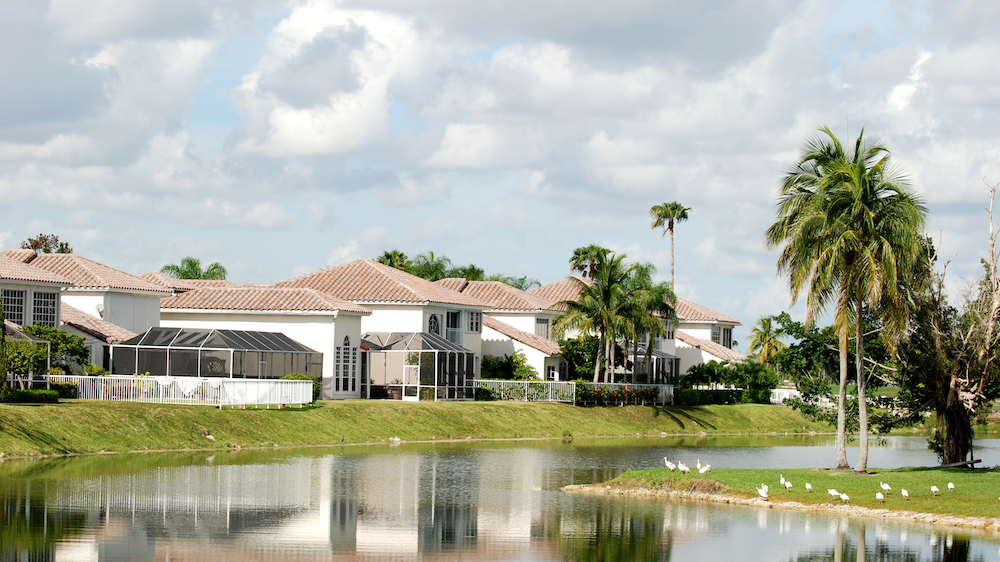
Cash-Out Refinancing
A cash-out refinance replaces your current mortgage with a new home loan that covers more than the amount of money you owe. For example, if your total mortgage covers your home cost at $250,000 and you have a balance of $100,000 left to pay, you may be able to get a cash-out refinance worth $150,000. The initial $100,000 covers your mortgage balance, while the extra $50,000 can be used for your home renovation.
Because of the nature of refinancing, only borrowers with some equity in their homes will want to consider getting cash-out refinancing. Lenders often cap cash-out at 80-90% of your home’s total value. These types of loans generally have lower interest rates than their alternatives, but we recommend evaluating each individual refinance plan based on your budget and needs.
One of the factors that might make borrowers steer clear of a cash-out refinance is that closing costs can be quite hefty, often coming to about 2% to 5% of your total mortgage cost. However, refinancing your mortgage can also get you terms and features that suit your financial situation.

Conclusion
Spending is inevitable, and that applies to maintaining and improving your home. Not all homeowners may be able to afford the costs of renovation out-of-pocket, and that’s why they consider taking out loans.
No matter what type of credit score or income you have, there are options for you. But choosing the best option for your specific context and financial situation means that you have to plan as thoroughly as possible. This means pinning your renovations down to a concrete number and canvassing all the options available before making a decision.
We know that loan applications can be overwhelming, and there is no shame in asking for assistance. Contact Wesley LLC today to find out the best course of action for you!